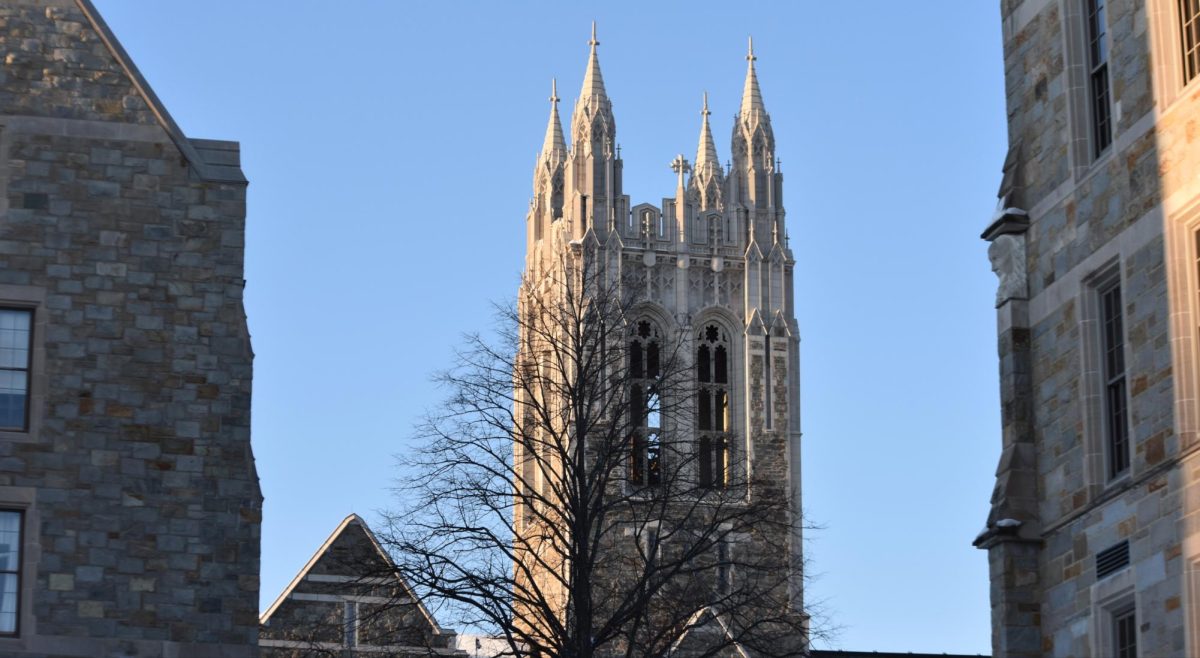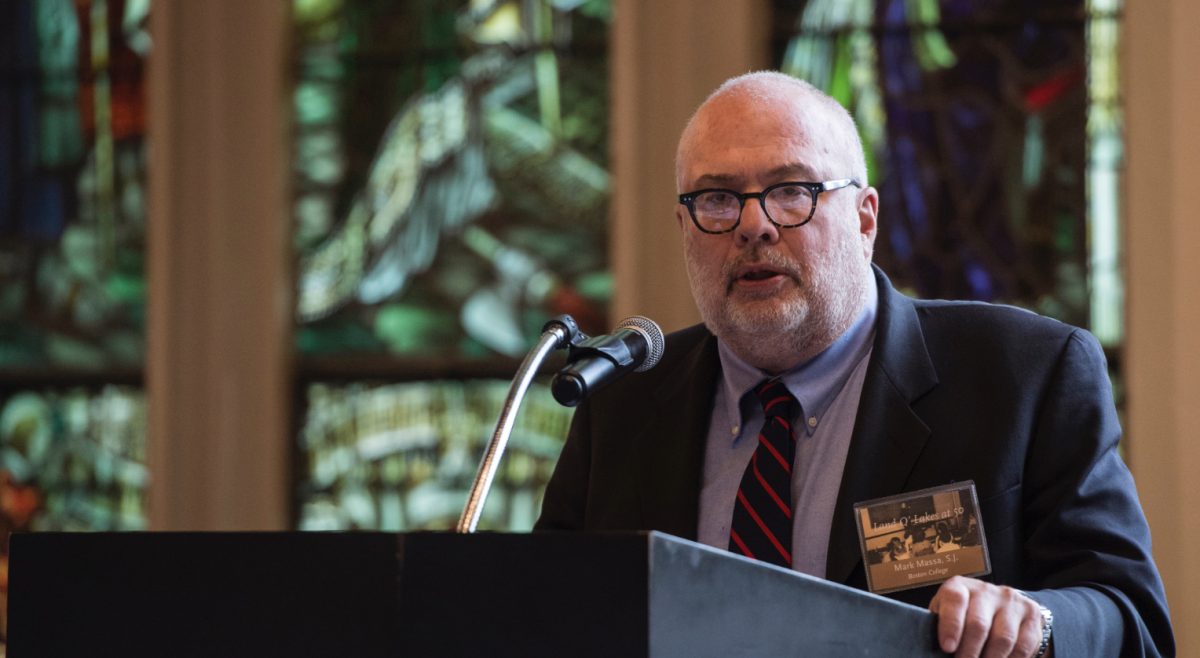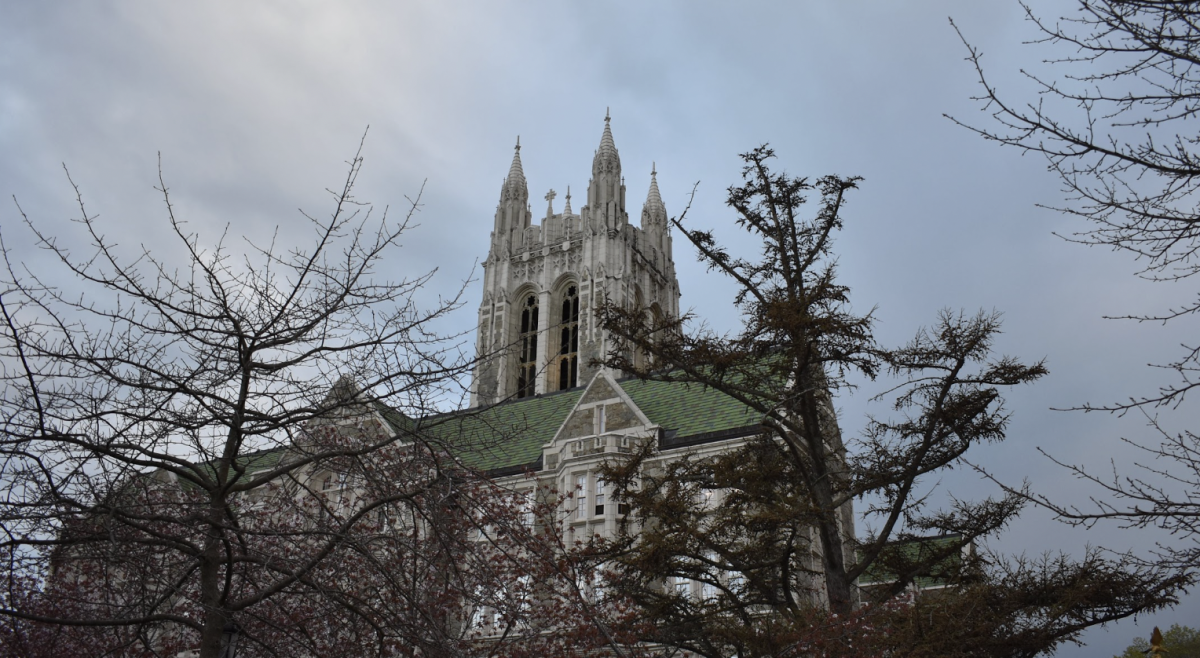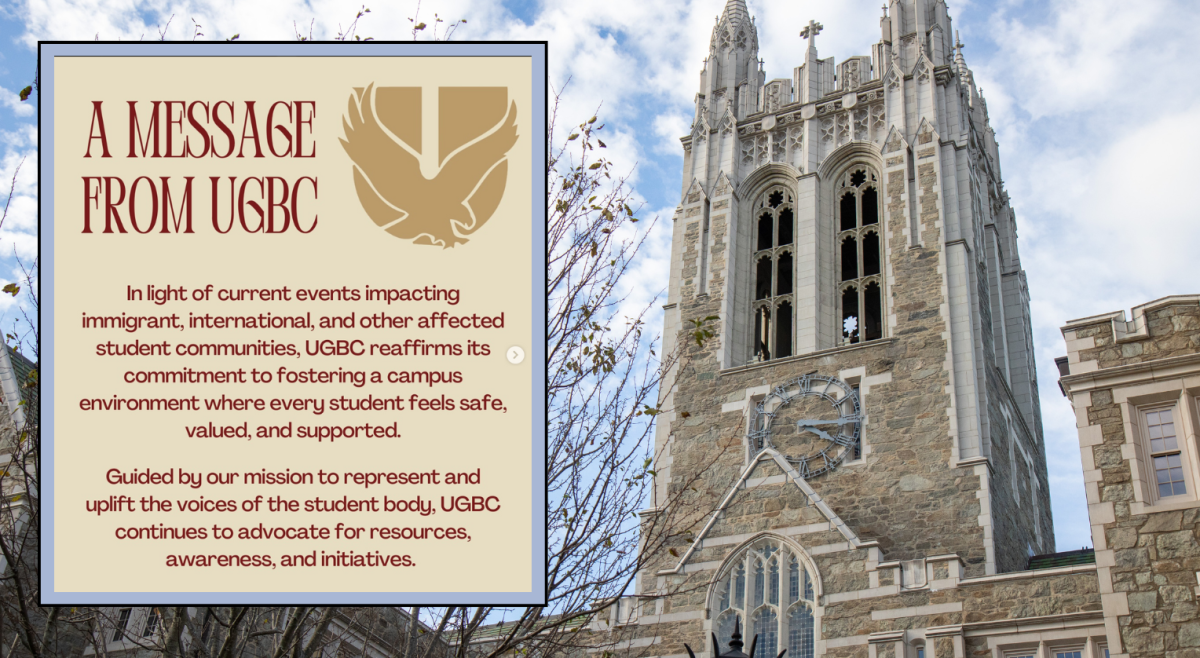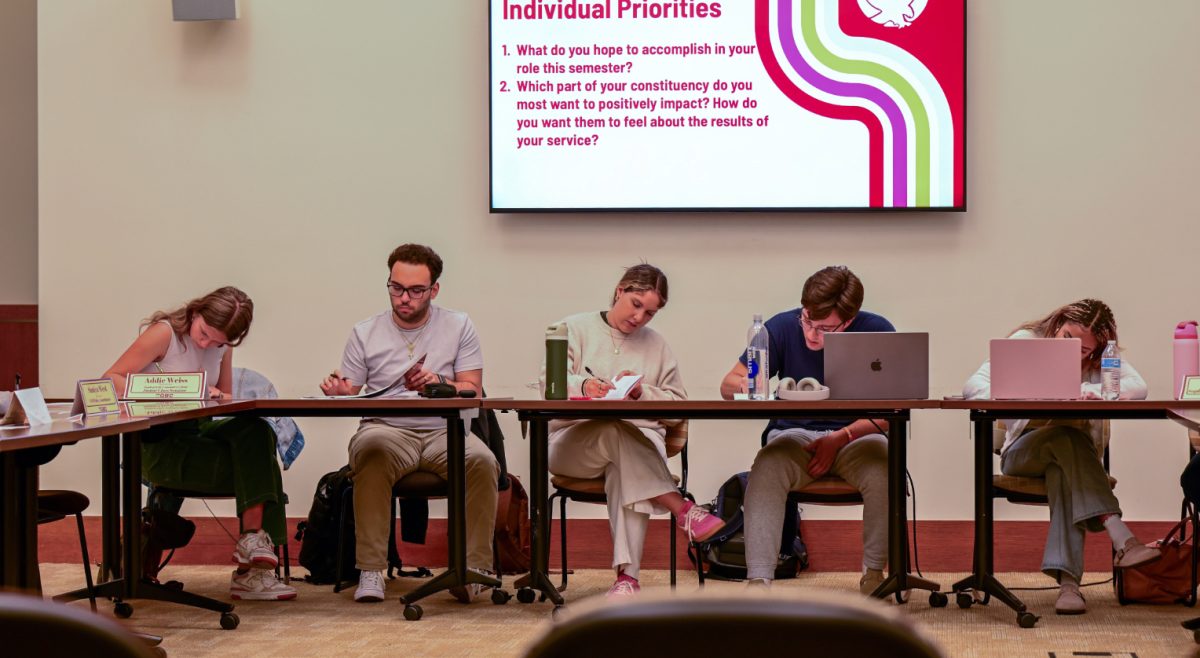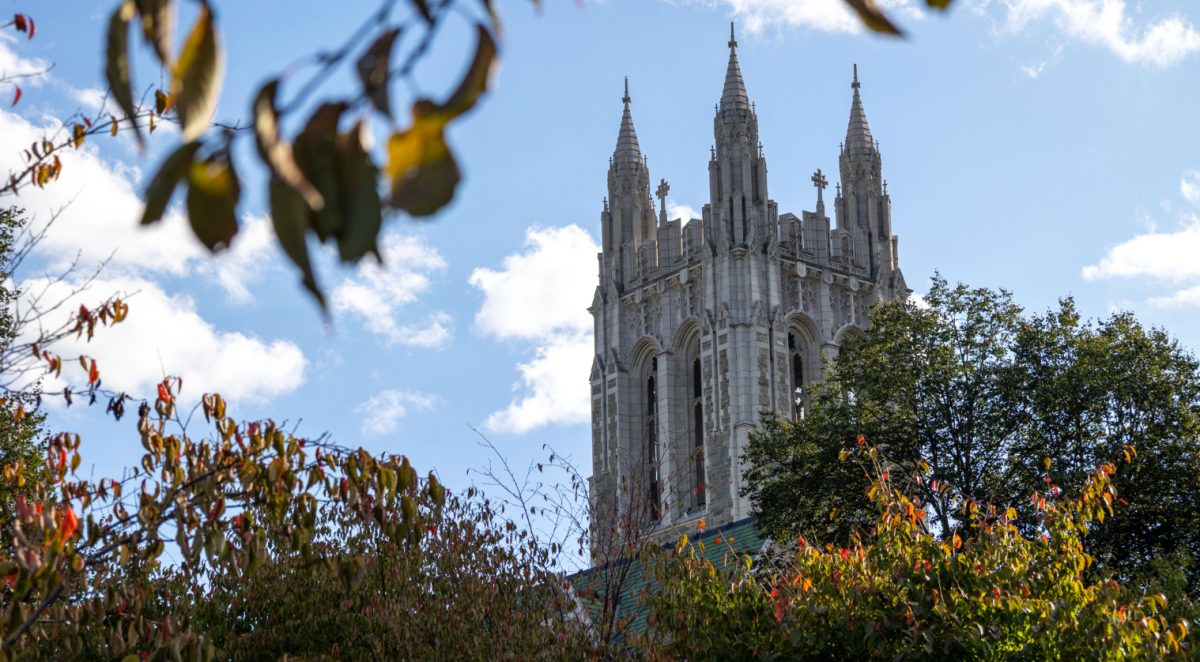Boston College kicked off Hispanic Heritage Month with an art showcase in the O’Neill Library first floor gallery. Sponsored by the Thea Bowman AHANA International Multicultural Center and the BC Libraries, and based on the theme “Presentando culturas sin fronteras”—“Presenting Cultures Without Borders”—the exhibit features food photography by Natalie Blardony, A&S ’15, in an exploration of the similarities between Filipino and Latin American culture.
For Blardony, a student of Filipino and Spanish descent, the project offered an opportunity to explore her heritage.
“I saw the proposal in an email and was immediately drawn to it,” Blardony said. “I’m Filipino and Spanish, and to me the two have been so inextricably linked. My whole life, I grew up hearing a mix of Tagalog, Spanish, and English. So many of the words were similar, and so many things crossed over.
“But growing up, when I told people that I’m Filipino and Spanish, no one saw it that way,” she said. “They would hear Filipino and think, that’s Asian, that’s not similar to Spanish. They forget that the Philippines was colonized for more than 300 years by Spain. So when I saw the project, I wanted to do something with the two cultures.”
By choosing to take photographs of food, Blardony highlighted an aspect of culture that is often overlooked in more highbrow comparisons.
“I want the people who visit the gallery to really take a step back, and see how culture pulls people together through many different forms, whether it be through language, or music, or art, or even food,” she said.
Along with Rosemary Concepcion, A&S ’15, Blardony visited a variety of Filipino and Latin American restaurants in the area, ordering a variety of dishes and then taking photographs of the food.
The pair also spoke with the employees and owners at these establishments concerning the similarities between these types of food.
“In the exhibit, I’ve shown them side by side, so people can see how similar the foods look,” Blardony said. “At the opening, people were telling me that some of the dishes from the Latin American restaurants look exactly like ones from the Filipino restaurants.”
According to Blardony and Concepcion, many of the dishes also taste similar. The Filipino bistek and Brazilian beef steak, for instance, are almost the same dish, even sharing a similar spelling.
For Blardony, the project transcends food to make a more overarching commentary on culture.
“Food is such a big part of both cultures, and food is something that creates a sort of bridge that crosses the oceans and barriers that people think exist because of the fact that the countries are so far away,” she said.
“When you work with food, you work with so much more than just food,” she said. “Food deals with culture, it’s a symbol of what the people are … You start to think of the history of that nation, and that’s where you’ll start to see similarities.”
Featured Image by Emily Fahey / Heights Editor


